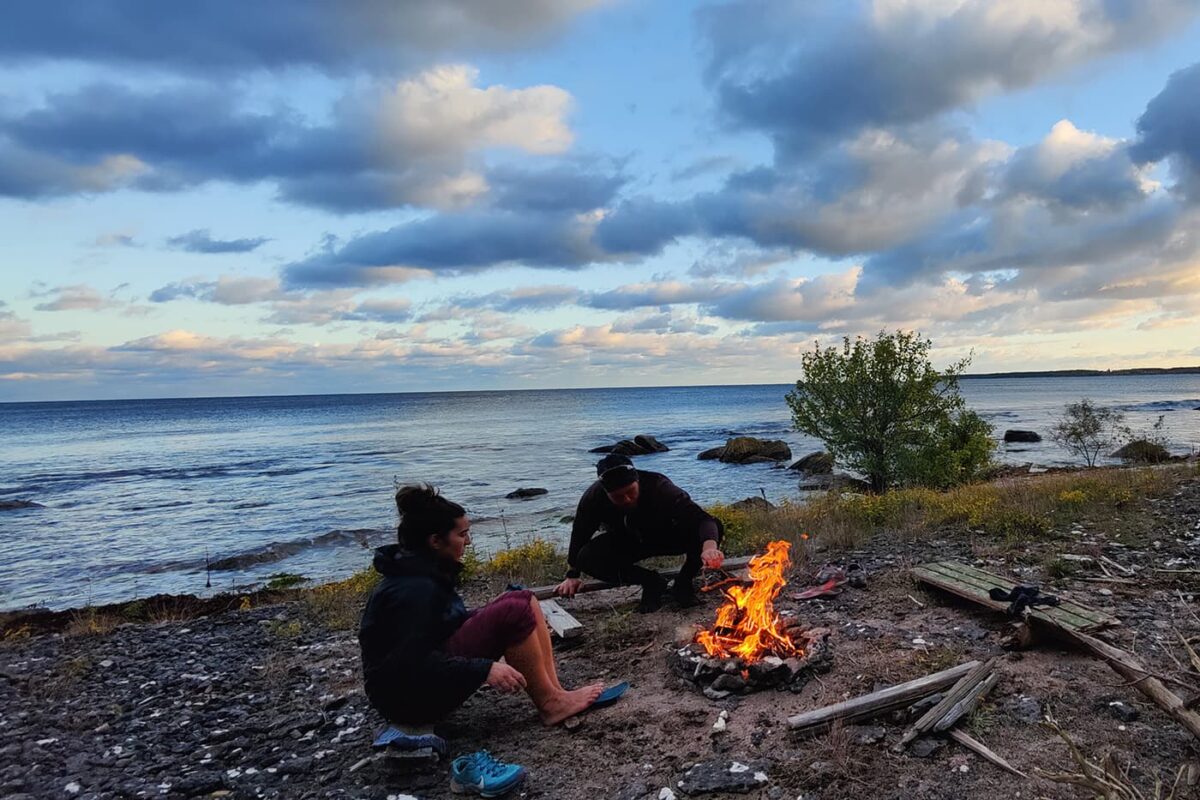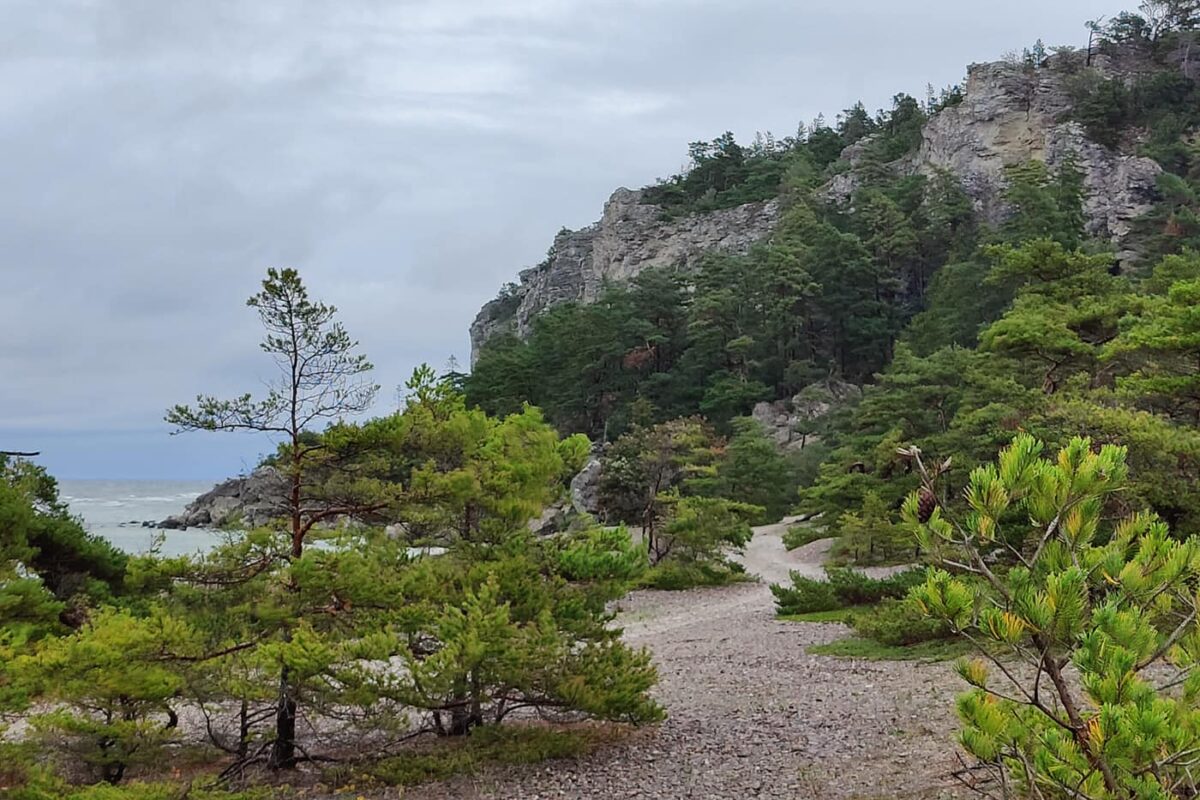The second largest island in the Baltic Sea – Gotland – is often referred to as the Mallorca of the North due to its many hours of sunshine. The island of Gotland is quite flat, the highest elevation is approx. 82 meters, there are over 50 lakes, a well-developed network of cycle paths, and very little car traffic on the quiet side roads – ideal conditions for a relaxing, leisurely cycling or hiking holiday.
The crux about this trail is that it actually is a biking trail but many hikers set out on this trail. You can easily do it as a hike since the trail does not purely consist of asphalt. Furthermore, there is a footpath that goes around almost the whole island and you can switch to that to save your feet.
















